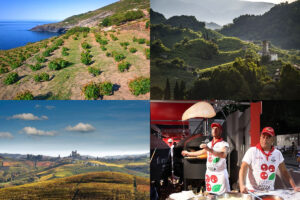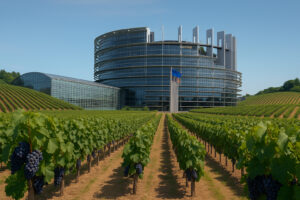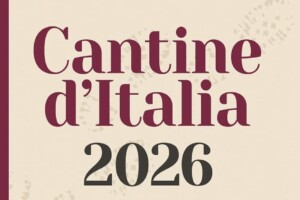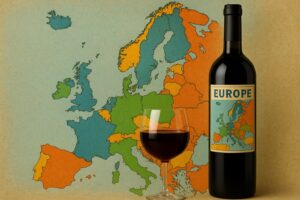"Food and wine tourism in Italy does not get the proper attention form the Government, and the “spending review” is even thinking of eliminating the Department of Tourism, already merged with the Regional Affairs and Sports in a department without a portfolio, in a moment when it is more important than ever to direct a national system to promote Italy as a tourist brand”, said the president of Cities of Wine Giampaolo Pioli, at the presentation of the "10TH Observatory of Wine Tourism in Italy”, Cities of Wine-Censis today at the UPI-Union Provinces of Italy, in Rome. "Next to agribusiness,” Pioli says, “which is worth 15% of the Italian GDP and can help the country out of the crisis, there is another sector that deserves even more attention: Tourism, designed in 2012 to become the engine of the world economy according to the EU Observatory for tourism, and that in Italy (number 27 on the world competitiveness index) represents 12% of the GDP, is worth more than the automobile sector, with an influx of tourists from abroad worth 30 billion euros (43 in France and 38 in Spain, our main competitors) who spent +6.3% in 2011. And, food and wine tourism has an annual turnover ranging from 3 to 5 billion euros and moves from 4 to 6 million tourists. The Cities of Wine, association of municipalities with the highest wine producing density, pointed out, “wine tourism creates a new economy and helps to promote Italian food, a heritage that moves 245 billion euros annually between consumption, exports and satellite industries (data from CIA - Italian Farmers Confederation) and is the only item that increased in the 2012 Italian GDP (1.3% in the first quarter of 2012 compared to the same period in 2011, according to ISTAT).
"Despite this,” continues Pioli; “the government plans to eliminate the Ministry of Tourism, while Italy, which has always been among the favorite destinations, is competitively weak. Because we lack organization, infrastructures, new and unified services and promotion: like the case of food tourism, developed autonomously by private enterprises rather than through national corporate communications, due to laws never passed like the one concerning Strade del Vino (wine roads), which needs to be refinanced, and local governments that are struggling to support initiatives due to continued cuts in their resources, starting with investing in the culture of food, the real added value, in order to be competitive”.
Focus – Cities of Wine-Censis: The "trading desk" of quality food & wine
Piedmont is the Italian region with the highest number of producers of quality wine (20%), but Tuscany “responds” with the highest percentage of top producers (21.8%). The Veneto region is, however, the leading region for number of quality bottles on the market, with a share of 16.9%. The most competitive region with quality restaurants is Lombardy, with a market share of 13.5% of the national total. This is the "trading desk" of Italy’s quality food and wine, according to the "Observatory of the Wine Tourism in Italy", 10th Annual Report, sponsored by Cities of Wine and produced by Censis Services, presented today at the UPI-Union Provinces of Italy in Rome (available at: www.terredelvino.net). The province of Cuneo in Piedmont is the territory with the highest vocation of food & wine, where the production of quality wines and haute cuisine come together in perfect harmony, according to the '"Observatory"; Siena and Verona are second and third. Cuneo is also the leader for top producers, while Trento has the highest number of acres of vineyards suited to the production of quality wines, and Rome leads the ranking of the areas that offer the best food.
"The “10th Observatory ", explains Fabio Taiti, curator of the report, “wanted to give the word back to Italian territories. Following the most recent reports aimed at redefining consumption profiles, volumes and spending tendencies, we thought it would be useful to remap Italy from North to South in order to understand how many and which basic fields there are in our territory.
"The result”, said the Cities of Wine president Giampaolo Pioli, is "Italy is a large, extensive and diversified network of food and wine products with a strong territorial identity, achieved through respect for tradition but with an eye for innovation: for example, the creativity in the catering field or the paths to discover innovative wines and delicacies. It is an Italy of wine & food which, however, still lacks a unified image, and there is a big gap between the most popular destinations and the off the beaten track ones, where the offer is likely to be lower”.
Copyright © 2000/2025
Contatti: info@winenews.it
Seguici anche su Twitter: @WineNewsIt
Seguici anche su Facebook: @winenewsit
Questo articolo è tratto dall'archivio di WineNews - Tutti i diritti riservati - Copyright © 2000/2025








































































































































































































